Dill Plant
- March 26, 2024
- 0 comment
Dill, known scientifically as Anethum graveolens, is a flavorful herb belonging to the Apiaceae family of plants, sharing lineage with parsley, cumin, and caraway. Originating from the Mediterranean and southeastern Europe, dill has a history of culinary and medicinal use dating back thousands of years. Its delicate, feathery leaves, known as dill weed, and its seeds are the main parts used in various culinary traditions.
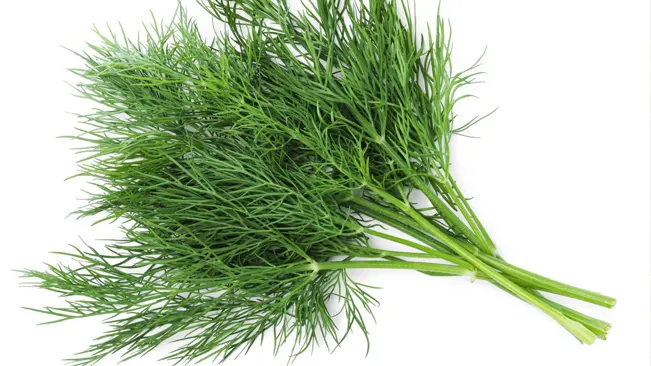
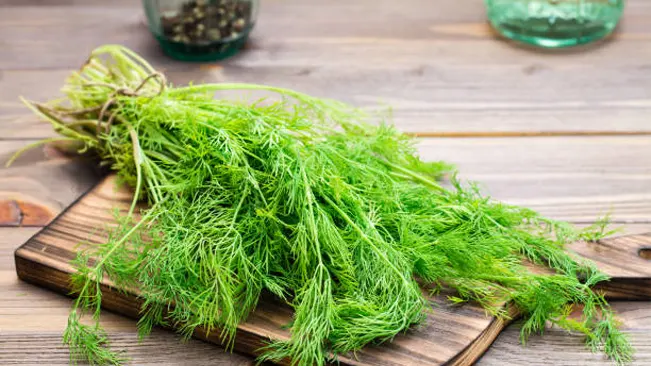
Culinary-wise, dill is famous for its aromatic and slightly citrus-like flavor, making it a popular seasoning in a range of dishes, especially in European and Middle Eastern cuisines. It pairs exceptionally well with seafood, yogurt sauces, and pickles, and is a key ingredient in dishes like dill pickles and gravlax. Beyond its culinary applications, dill is also recognized for its potential health benefits, including digestive and anti-inflammatory properties, and is a good source of vitamin C, manganese, and folate.
Characteristics of Dill Plant
| Characteristics | Description |
| Scientific Name | Anethum graveolens |
| Common Names | Dill, Dill weed |
| Family | Apiaceae Family |
| Native Region | Mediterranean region and southeastern Europe |
| Plant Type | Annual herb |
| Size | Typically grows up to 2-4 feet in height |
| Leaves | Delicate, feathery, blue-green leaves, known as dill weed. |
| Flowers | Small, yellow flowers that appear in umbrella-shaped clusters. |
| Propagation | Commonly propagated by seed; easily self-seeds in favorable conditions. |
| Drought Tolerance | Moderately drought-tolerant but prefers consistent moisture for best growth. |
| Cultural Uses | Widely used in culinary applications; also used traditionally for medicinal purposes |
| Ecological Role | Attracts beneficial insects, including pollinators and natural pest predators. |
| Notable Species | Primarily a single species; some cultivated varieties exist. |
| Hardiness Zones | Generally suitable for USDA zones 3-11. |
| Growth Rate | Fast-growing; completes its life cycle in one season |
| Lifespan | As an annual, dill lives and completes its life cycle within one growing season. |
Botanical Beauty of Dill Plant
The dill plant, Anethum graveolens, exudes a delicate charm with its feathery, blue-green leaves and vibrant yellow flowers that bloom in umbrella-like clusters. Its slender stems and fine-textured foliage make it a visually appealing addition to any herb garden or as a complement in floral arrangements. This aromatic herb not only delights the senses with its soft, graceful appearance but also with its distinctive fragrance.
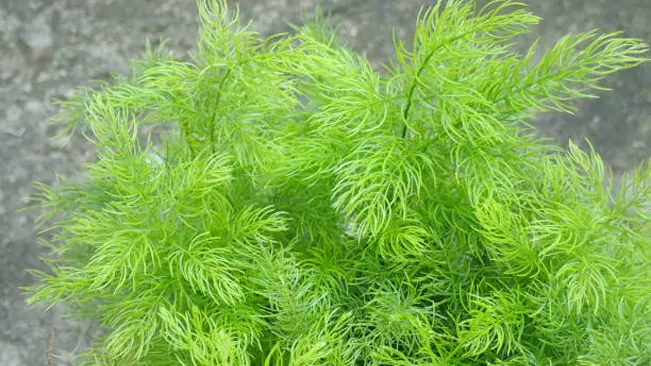

Woodland Elegance
In woodland settings, dill adds a touch of whimsy and elegance with its airy foliage and cheerful flowers. It seamlessly integrates into the understory, creating a layered and textured landscape that enhances the natural woodland beauty.
Ecological Importance
Dill plays a significant role in ecological gardening, attracting a host of beneficial insects, including pollinators like bees and butterflies. Its presence in a garden helps to establish a healthy, biodiverse environment, contributing to the ecological balance by supporting wildlife.
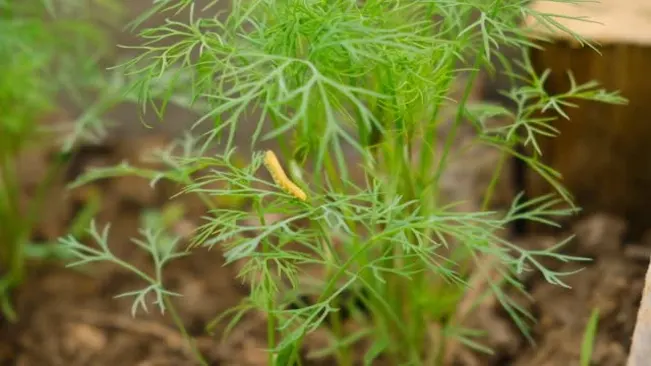

Cultivation and Conservation
Cultivating dill is relatively straightforward, making it a favorite among home gardeners and in conservation projects. As it easily self-seeds and adapts to various conditions, dill is also an excellent choice for sustainable gardening practices, promoting biodiversity while requiring minimal intervention.
Fragrance
Dill’s fragrance is distinct and aromatic, characterized by a slightly sweet and grassy scent with a hint of citrus. This pleasing aroma is most potent in its fresh leaves, commonly known as dill weed, and becomes more subdued and complex when the leaves are dried. The fragrance of dill is not only a culinary delight but also a sensory experience, often used in aromatherapy for its calming and soothing properties.
In the garden, the fragrance of dill contributes to an overall aromatic environment, blending well with other herb scents. It’s particularly notable when the plant is in bloom, as the yellow flowers release a subtle yet distinctly sweet fragrance, especially on warm, sunny days. This natural perfume attracts a variety of beneficial insects to the garden, including pollinators like bees and butterflies.
The seeds of the dill plant also carry a robust fragrance, slightly more intense than the leaves, with a hint of sharpness reminiscent of caraway. This scent is particularly evident when the seeds are crushed, releasing their essential oils. The seeds are a popular spice in cooking, imparting their unique aroma to dishes like pickles, breads, and stews.
Soil Stabilization
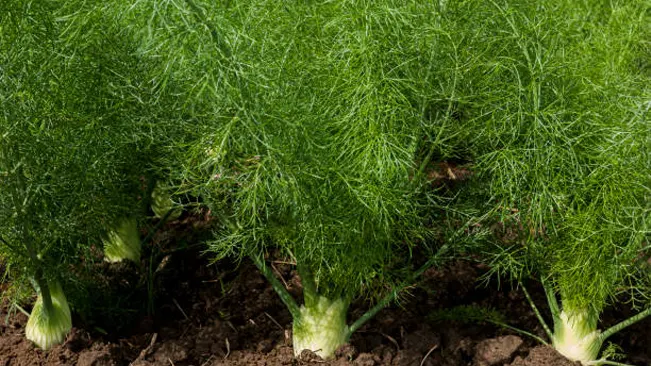
While not primarily known for soil stabilization, dill can contribute to this process in small garden settings. Its root system, though not deeply extensive, helps in binding the soil together, reducing erosion in the immediate vicinity where it is planted. Additionally, as an annual plant that readily self-seeds, dill can help maintain a vegetative cover in gardens, which further aids in soil stabilization.
Dill’s role in soil health extends beyond stabilization. Its presence in a garden can improve soil quality over time, as it attracts beneficial insects that contribute to the ecosystem, including those that aid in decomposing organic matter. Moreover, when dill plants are turned into the soil after their life cycle, they add organic matter, which enhances soil fertility.
Gardening practices that include dill alongside other herbs and plants can create a diverse and stable ecosystem. This diversity is beneficial for soil health, as different plants contribute various organic materials and root structures. Dill, with its relatively non-invasive nature, coexists well with other plants, making it a good companion in mixed cultivation setups.
Common Uses

Dill is extensively used in culinary arts, treasured for its unique flavor and aroma. The leaves, known as dill weed, are commonly used fresh or dried as a herb in a variety of dishes including salads, soups, and sauces. The distinct taste of dill pairs exceptionally well with fish, potatoes, and cucumbers.
Another common use of dill is in the making of pickles. The seeds and leaves both impart a characteristic flavor to pickled vegetables, most famously cucumbers, in the form of dill pickles. Beyond pickling, dill seeds are used as a spice in bread, soups, and other savory dishes, adding a slightly bitter and aromatic quality.
In traditional medicine, dill has been used for its potential health benefits. The herb is believed to have digestive and carminative properties, helping to ease stomach discomfort and reduce gas. Dill tea, made from the leaves or seeds, is often consumed for its soothing effects on the digestive system.
Benefits
Dill offers several health benefits due to its nutritional content. It is rich in vitamins A and C, which are essential for immune system health and good vision. The herb also contains various antioxidants, which help protect cells from damage caused by free radicals.
The carminative properties of dill are well-known in herbal medicine, aiding in the relief of intestinal gas and bloating. It is also believed to have mild sedative properties, which can help promote better sleep and reduce anxiety. The essential oils in dill are thought to stimulate bile and digestive juices, improving overall digestion.
Apart from its internal health benefits, dill is also used in skincare. The antioxidants and antibacterial properties of the herb make it beneficial for skin health, potentially helping to reduce inflammation and protect against skin infections. Dill extract is sometimes found in cosmetic products for its soothing and rejuvenating properties.
Different Species
Anethum graveolens (Bouquet)
A popular variety known for its early to bloom characteristic, producing abundant leaves and highly aromatic seeds ideal for pickling.
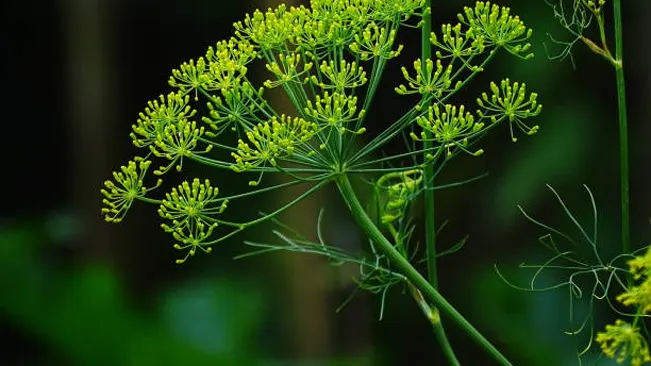
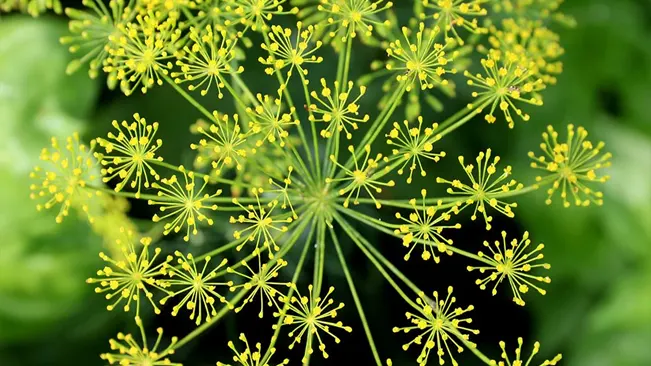
Anethum graveolens (Dukat)
This variety is prized for its exceptionally sweet flavor and lush foliage, making it a favorite for culinary uses, especially in salads.
Anethum graveolens (Fernleaf)
Chinook hops bring a robust piney and spicy aroma with a subtle hint of grapefruit, highly valued for their dual-purpose use in bittering and aroma contributions in brewing.
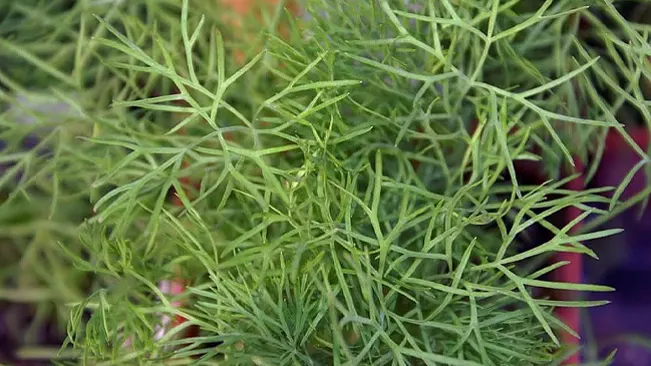
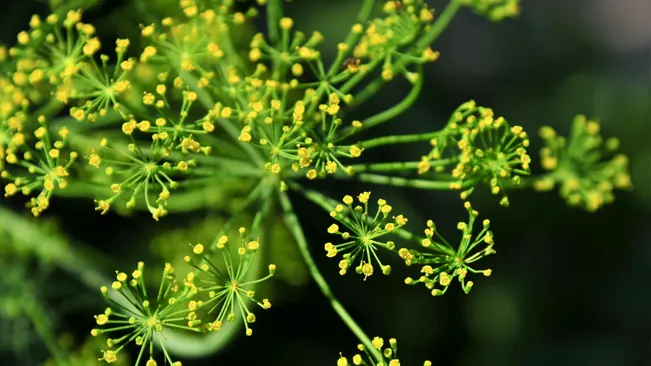
Anethum graveolens (Mammoth)
Fuggle hops are a classic English variety, offering a mild, earthy, and slightly woody aroma, perfect for traditional English-style ales, porters, and mild bitters.
Frequently Asked Questions (FAQs)
- What is Dill Plant used for?
- Dill Plant is used primarily as a herb in cooking, especially for pickling, and in dishes like salads, soups, and fish recipes.
- Dill Plant is used primarily as a herb in cooking, especially for pickling, and in dishes like salads, soups, and fish recipes.
- How do you grow Dill Plant?
- Grow Dill Plant in full sun, in well-drained soil, and sow seeds directly where you want them to grow, as dill doesn’t transplant well.
- Grow Dill Plant in full sun, in well-drained soil, and sow seeds directly where you want them to grow, as dill doesn’t transplant well.
- When should you plant Dill Plant?
- Plant Dill Plant after the last frost in spring, as it needs warm, sunny conditions to thrive.
- Plant Dill Plant after the last frost in spring, as it needs warm, sunny conditions to thrive.
- Can you grow Dill Plant indoors?
- Yes, Dill Plant can be grown indoors in pots with adequate sunlight and proper drainage.
- Yes, Dill Plant can be grown indoors in pots with adequate sunlight and proper drainage.
- How long does it take for Dill Plant to grow?
- Dill typically takes about 70-90 days from sowing to reach maturity for harvest.
- Dill typically takes about 70-90 days from sowing to reach maturity for harvest.
- Does Dill Plant come back every year?
- Dill Plant is an annual, so it won’t come back, but it often self-seeds, leading to new plants the
following year.
- Dill Plant is an annual, so it won’t come back, but it often self-seeds, leading to new plants the
- How much water does Dill Plant need?
- Dill Plant prefers consistent moisture, so water it regularly, especially in dry conditions, but avoid waterlogging.
- Dill Plant prefers consistent moisture, so water it regularly, especially in dry conditions, but avoid waterlogging.
- What pests and diseases affect Dill Plant?
- Aphids and carrot root fly can affect Dill Plant, and it’s prone to fungal diseases like mildew in damp conditions.
- Aphids and carrot root fly can affect Dill Plant, and it’s prone to fungal diseases like mildew in damp conditions.
- Can Dill Plant be dried for storage?
- Yes, Dill Plant can be dried and stored in an airtight container for later use.
- Yes, Dill Plant can be dried and stored in an airtight container for later use.
- What are the health benefits of Dill Plant?
- Dill Plant offers digestive benefits, is rich in vitamins A and C, and contains antioxidants for overall health support.

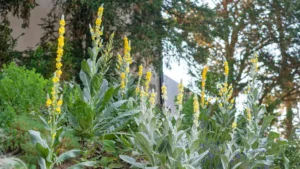
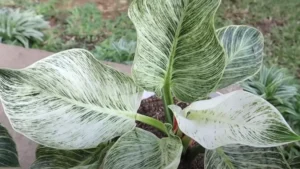
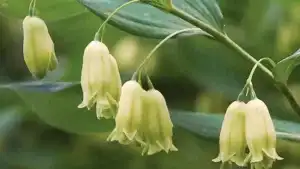

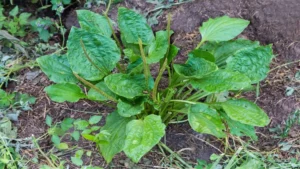
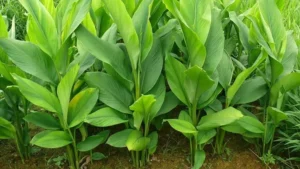
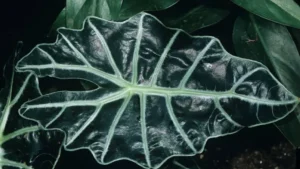
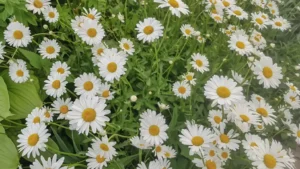
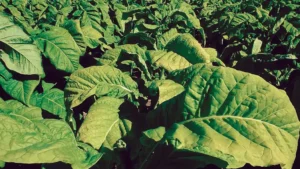

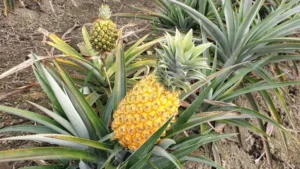
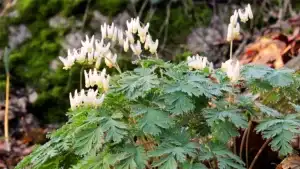
Leave your comment